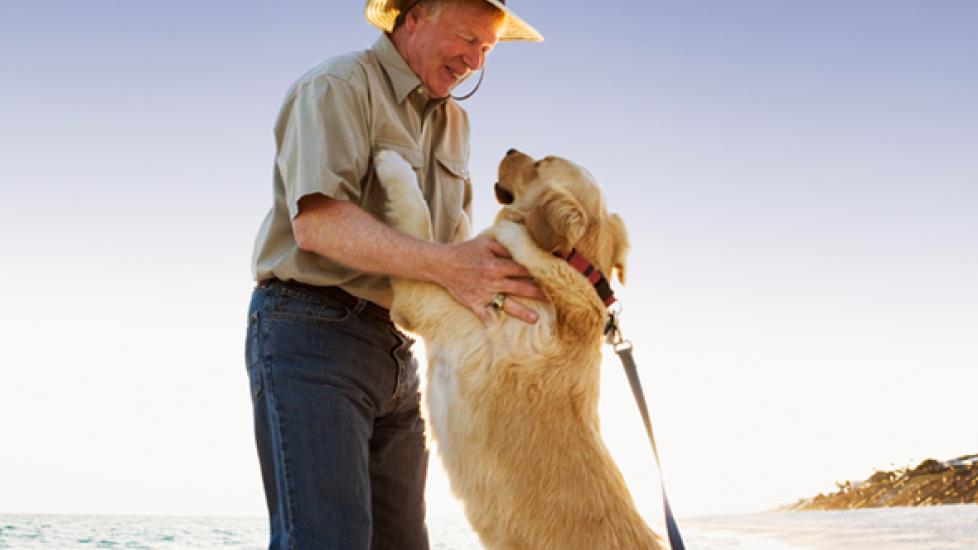In the world of pets, it seems like there’s an endless list of dos and don’ts that pet parents must navigate. One common concern is whether or not allowing your dog to jump up on people makes you a bad pet parent. The truth is, it doesn’t! Dogs jumping on guests can be a sign of affection, excitement, or even just wanting attention. It’s important to understand why dogs do this and how we, as responsible owners, can manage their behavior in a way that keeps everyone safe and happy.
Firstly, let’s address the reasons behind our furry friends’ exuberant greetings:
1. Affection: Dogs have a natural instinct to touch noses with other members of their pack as a form of greeting. When they extend this gesture to humans, it often manifests as jumping because they see us as part of their family.
2. Excitement: A new face or someone returning home after being away triggers joyous emotions in dogs. They want to express those feelings by leaping into action (literally).
3. Attention-Seeking Behaviors: Sometimes, dogs will jump if they know it gets them what they want—attention from their human companions. This could be positive reinforcement for the act itself or simply because they get petted afterward.
Now, while these behaviors are normal parts of canine communication and expression, they might not always be appropriate around visitors who aren’t comfortable with such displays. Here are some steps you can take to discourage unwanted jumping without making your pup feel unloved:
Step 1: Training Basics
– Start early with puppy training so your dog learns polite manners from day one.
– Use positive reinforcement techniques; reward calm behavior with treats and praise when your dog sits instead of jumps during greetings.
Step 2: Consistency Is Key
– Always enforce rules consistently across all situations and people to prevent confusion among both animals and humans alike.
– Make sure every member of your household follows through with the same commands and expectations regarding pet interactions.
Step 3: Redirecting Behavior
– Teach alternative ways for your dog to show affection like “Say Hello” where they sit still until given permission before approaching newcomers gently (paw shake anyone?).
– Engage in physical activities together regularly which helps expend excess energy levels associated with overly enthusiastic greetings too frequently seen at home visits especially after long absences due work commitments etcetera.
Step 4: Management Strategies
– Provide clear boundaries by setting up barriers between areas where jumping may occur more easily than others – think about using baby gates effectively here!
– Introduce verbal cues such as “Off” or “Down” command whenever necessary reminding pups politely yet firmly what is expected from them socially speaking whilst also ensuring guest safety remains paramount throughout any visit regardless length thereof time spent within confines shared living spaces together alongside beloved four-legged friend(s) present company included ?.
Remember though – no matter how diligently we try sometimes despite best efforts certain habits persist requiring patience persistence kindness understanding amongst all parties involved including ourselves lest guilt trip set off leading nowhere fast but rather slowing down progress already made thus far towards achieving desired outcome ultimately sought out originally beginning process transformation sorts shall we say albeit gradual perhaps initially nonetheless achievable over time provided commitment dedication remain steadfast unwavering course correction purposes only ever intended never punitive measures taken against innocent souls merely seeking connection however misguided intentions might appear outwardly looking inward reveals different story altogether worthy effort indeed worthwhile investment emotionally speaking both ends meet mutual satisfaction guaranteed once proper balance struck therein lies secret success overall happiness ensured going forward hand-in-hand companionable bliss enjoyed mutually beneficially forevermore amen ?
